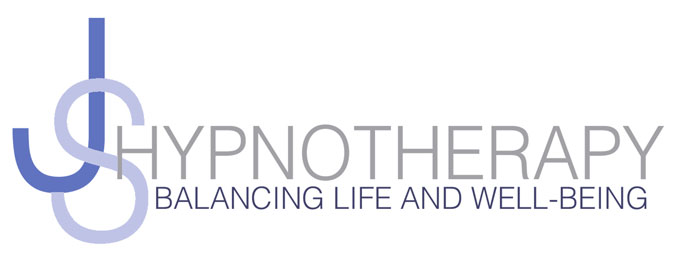Giving Birth – Hypnobirthing:
This page gives examples of how hypnosis has been used for childbirth, stemming from the 1930’s. Hypnobirthing is now becoming an increasingly popular aid to pregnancy and birth to control anxiety and pain.
What is Hypnobirthing?
It is an effective form of antenatal preparations to help you release fears and become more relaxed during pregnancy and birth. The combination of easy to learn methods of breathing and deep relaxation and visualisation, combined with positive thought and language, reduce stress, fatigue, anxiety and fear and, as a result, reduce pain.
Hypnobirthing is based on the work of Dr Grantly Dick-Read, an English physician who was practicing back in the 1930’s. In 1933 he published his book “Childbirth without Fear” and stated: “There is no physiological function in the body that gives rise to pain in the normal course of health. In no other animal species is the process of birth apparently associated with any suffering, pain or agony, except where pathology exists or in an unnatural state, such as captivity.” Dick-Read’s principles are also the basis of the National Childbirth Trust (NCT)
Thus, releasing fear is fundamental to the success of Hypnobirthing, as anxiety and pain are connected. Therefore my hypnobirthing package will be based on working to relaxation to reduce anxiety, which in turn, reduces pain.
The above, therefore, outlines many benefits that can be gained from hypnobirthing. Many women report they are feel more relaxed and in control; benefit from improved sleep; and are physically more comfortable. Some women may also find hypnobirthing helps to reduce “morning sickness”, heartburn and insomnia. Hypnobirthing can also bring benefits to your partner and baby.
Please note: hypnosis is not recommended during the first trimester of pregnancy.
Its been reported that Kate Middleton practiced hypnobirthing when giving birth to her and Prince William’s royal son, George. Hypnobirthing is a self-hypnosis technique for pregnant women to help them relax during childbirth. see (Daily Mail, 27 June 2013)


